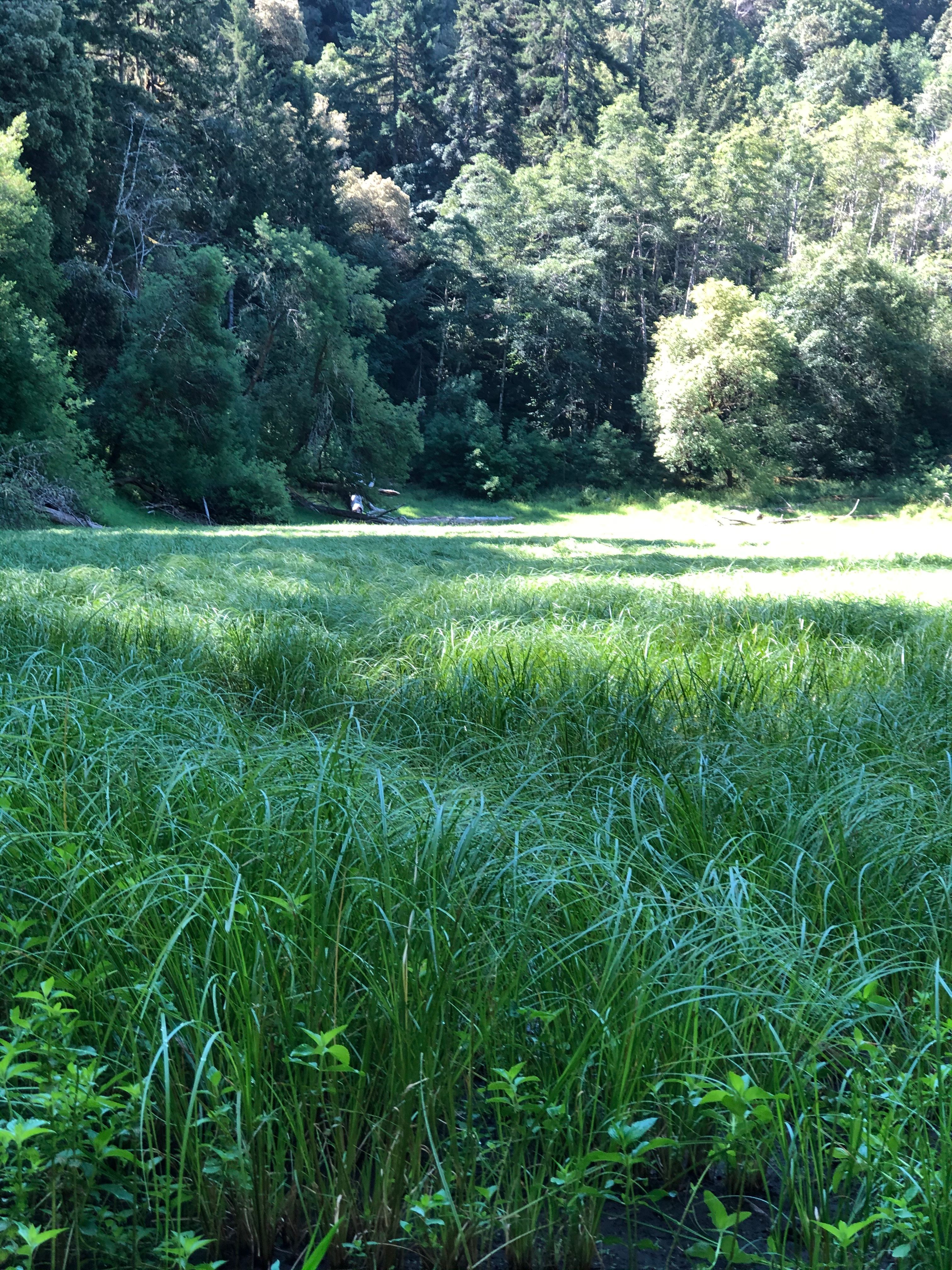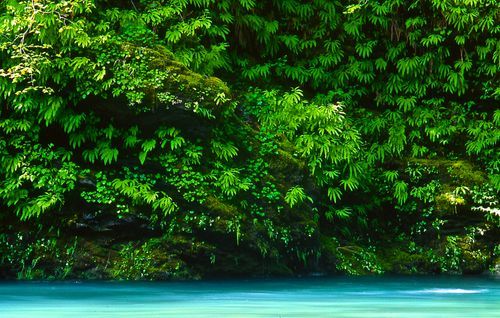What We Do
Wild Rivers Land Trust works with landowners to conserve properties that sustain the functions of human and ecological communities . Through property acquisitions, transfers, and conservation easements, we are able to legally monitor and maintain vital lands that provide a connection of all things wild to our modern way of life.
The Land Trust relies on the generosity of our donors to support our nonprofit conservation work and in return, WRLT provides the assurance a natural world will thrive for future generations. We work to instill the same passion and care for the land and waters in our successors—a legacy that is truly sustainable.
Protect Wild Places
Some places are best left wild, forever. Forests, rivers, wetlands, and meadows provide habitat for many imperiled species, such as coho salmon, spotted owls, marbled murrelets and many others. We manage our preserves for ecological function—prioritizing restoration and protection of these critical areas. Protecting these natural spaces also provides substantial benefits to our local communities—clean air and water, open green space, carbon storage, as well places to recreate, hunt, and forage.
Our conservation work directly benefits:
- Wild salmon, animals, and birds that rely on natural habitat to live their lives, find their food and rear their young
- Plants and animals that need clean, cold water
- Local residents who live, work, and play on the South Coast
- Farmers and ranchers who want to preserve their legacies forever
- People who fish, hunt, hike, swim, paddle, and connect with nature
- Those who care about preserving our world-class wild salmon runs
- Everyone on the southern Oregon coast who rely on clean air, fresh water and wild lands.
“Those who contemplate the beauty of the earth find reserves of strength that will endure as long as life lasts. There is something infinitely healing in the repeated refrains of nature — the assurance that dawn comes after night, and spring after winter.” – Rachel Carson



